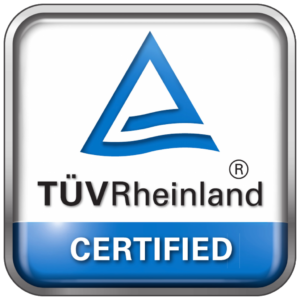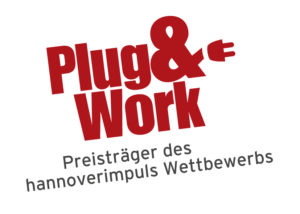FAQ area
Frequently asked questions - Our answers
In our FAQ section you will find answers on the subject of combined heat and power plants.
The cos φ is the power or active power factor. It describes the relationship between the actual active power (P) and the apparent power (S), for example of an electric motor. The higher the power factor, the lower the reactive power (Q) or the loss in energy conversion. The power factor is described with values between 0 and 1.
The sin φ is the reactive power factor in electrical engineering processes. It describes the relationship between reactive power (Q) and apparent power (S). The higher the reactive power, the lower the active power (P).
GLT is the german abbreviation for building management technology. This generally refers to the software programs that can be used to monitor and control buildings. In a broader sense, however, it often also describes all automation instruments that are involved in building automation.
Modbus is a so-called communication protocol, which can be described as the standard protocol within industrial communication. Modbus enables, among other things, serial communication between devices and control systems, but also networks.
CHP is the abbreviation for combined heat and power, you can find the description of this principle on our information page about combined heat and power plants.
A condensing exchanger or exhaust gas heat exchanger enables the recovery of waste heat from the exhaust gases of a combustion engine, for example.
The heat energy recovered via the condensing exchanger – which would otherwise have been lost – can be used again for heat preparation. The use of an exhaust gas heat exchanger is directly reflected in the reduction in energy consumption.
The EU’s high efficiency criterion for CHP-supported energy generation is derived from the Energy Efficiency Directive (EnEff-Rl) 2012/27/EU of the European Union. The primary objectives of this directive are to promote independence from energy imports and to decisively combat climate change.
Energy generation through combined heat and power is described as “highly efficient” if at least 10% of the primary energy is saved compared to separate electricity and heat generation. A-TRON CHP plants meet this criterion.
EVU is the german abbreviation for energy supply company. EVUs supply consumers with energy. Energy is generated and distributed by network operators, among others. Consumers can also generate energy themselves.
GVU is the German abbreviation for gas supply company. A GVU can be a supplier, but does not have to distribute. Among the gas suppliers, there are now companies that maintain the gas network and are therefore responsible for distribution, and companies that only supply the gas.
For an engine to function, or for the interaction between cylinder and piston, oil is required that lubricates sufficiently and thus supports the interaction on the one hand, and minimizes the abrasion that occurs on the other.
Oil has a certain viscosity that is necessary for this process. However, due to constant abrasion, this viscosity decreases and the oil must be changed to prevent piston seizure in the long term. A-TRON CHP units change the oil fully automatically when this viscosity is no longer present. This ensures that the oil quality is always optimal.
Primary energy demand (Qp) describes the amount of energy needed to cover a given energy demand of a building. This calculation also takes into account energy quantities that are subject to temporal or local fluctuations (upstream and downstream process chains).
Efficiency is a measure used to describe the effectiveness of energy transfer and conversion. It can be used, for example, to describe the ratio of converted mechanical energy to supplied electrical energy in an internal combustion engine.
If you have several processes connected in series – such as in a combined heat and power plant – you can calculate a separate efficiency for each of these processes. The overall efficiency describes the efficiency of the energy transfer and conversion of all processes taken together.
In contrast to centralized energy generation, which generates large amounts of energy centrally and distributes it over long distances (e.g. large electricity providers), in decentralized energy generation the electricity is generated by smaller and scattered energy producers (e.g. the CHP operator who generates his own electricity and heat in his building with a CHP).
Decentralized energy generation is increasing particularly as a result of the increasing use of renewable energies. One reason for this is, for example, the loss of energy (especially in heat generation) over longer distances. In many cases, decentralized energy generation makes more sense both ecologically and economically.
A burner that modulates adapts flexibly to the required heat output. This prevents excess consumption.
Modulating burners can continuously adapt to the minimum and maximum specified outputs. The range within which the burner can modulate is called the modulation range.
Do you have any further questions? We are always at your disposal. Do not hesitate to contact us directly to receive individual answers and detailed information.
Your request
You are currently viewing a placeholder content from Google reCAPTCHA. To access the actual content, click the button below. Please note that doing so will share data with third-party providers.
More Information 'Make a request
Do you have any questions about our CHP plants or do you need individual advice? Use our contact form to get in touch with us quickly and easily. We look forward to supporting you and answering your questions.
You are currently viewing a placeholder content from Google Maps. To access the actual content, click the button below. Please note that doing so will share data with third-party providers.
More Information
Newsletter
Sign up for our newsletter now and don’t miss any more news!







